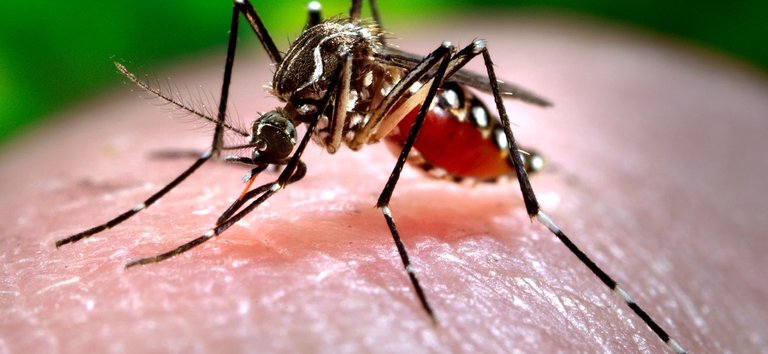The Zika Virus has in recent years become a global threat. However the virus has its origins in the Ziika Forest in Uganda, East Africa where it was first isolated and from which it gets its name. The virus is primarily spread via bites from infected mosquitos of the species Aedes. The virus may also be spread from mother to child during pregnancy or through sexual intercourse. The effects of the virus are vast but are most devastating on infants with the most outstanding effect being congenital microcephaly which hampers mental development of the child.
New revolutionary studies have looked into the possibility of the Zika Virus targeting and destroying brain stem cells that later on develop and differentiate into brain tumor cells. This virulence mechanism is what makes the Zika Virus a viable weapon against glioblastoma stem cells. (undifferentiated cells that promote development of glioblastoma, an aggressive form of brain cancer.) These stem cells are known to be very resistant to conventional chemotherapy and radiation meaning they could return with devastating effects.
Research conducted by Dr.Jeremy Rich from University of California, School of Medicine alongside Dr.Michael Diamond and Dr.Milan Chheda from Washington University, School of Medicine showed that the virus selectively targeted and killed glioblastoma stem cells without affecting other types of brain cells. They then replicated the results using mice injected with a modified strain of the virus and found that in actual fact the virus slowed tumor growth thereby increasing life expectancy of the mice. Next they created a less virulent strain of the virus which also preferentially targeted the glioblastoma stem cells.
The researchers involved are now optimistic about the results but they understand there is yet a long way to go in form of in vivo and in vitro tests before declaring that Zika can be effective in combating glioblastomas.


